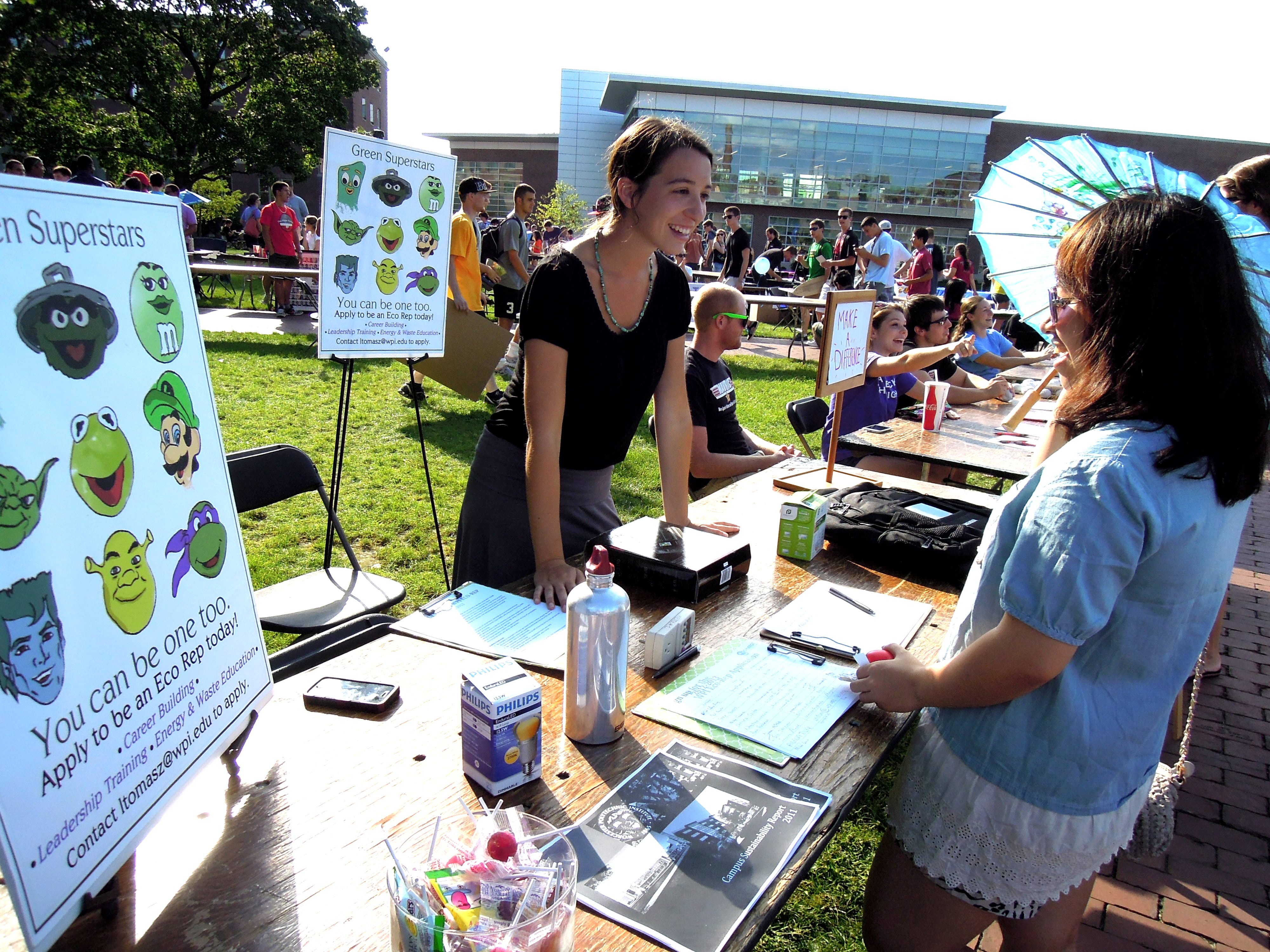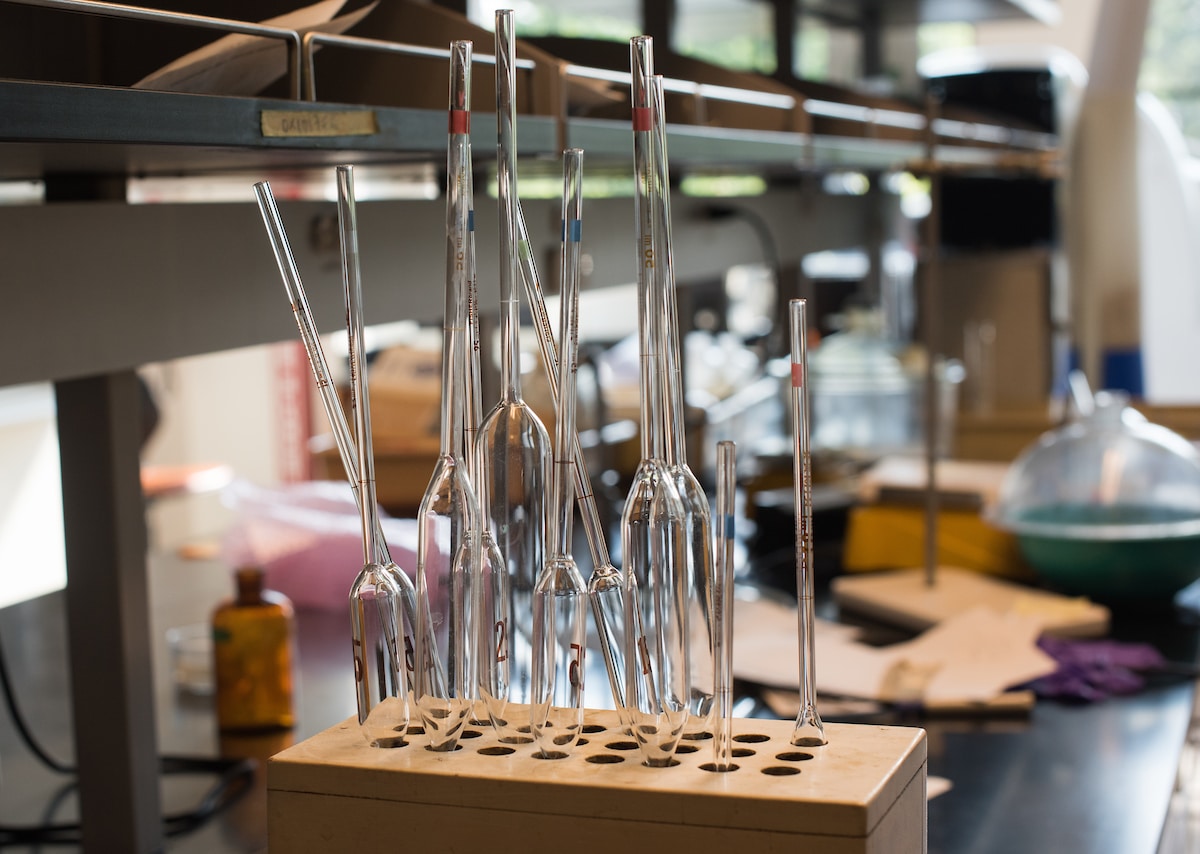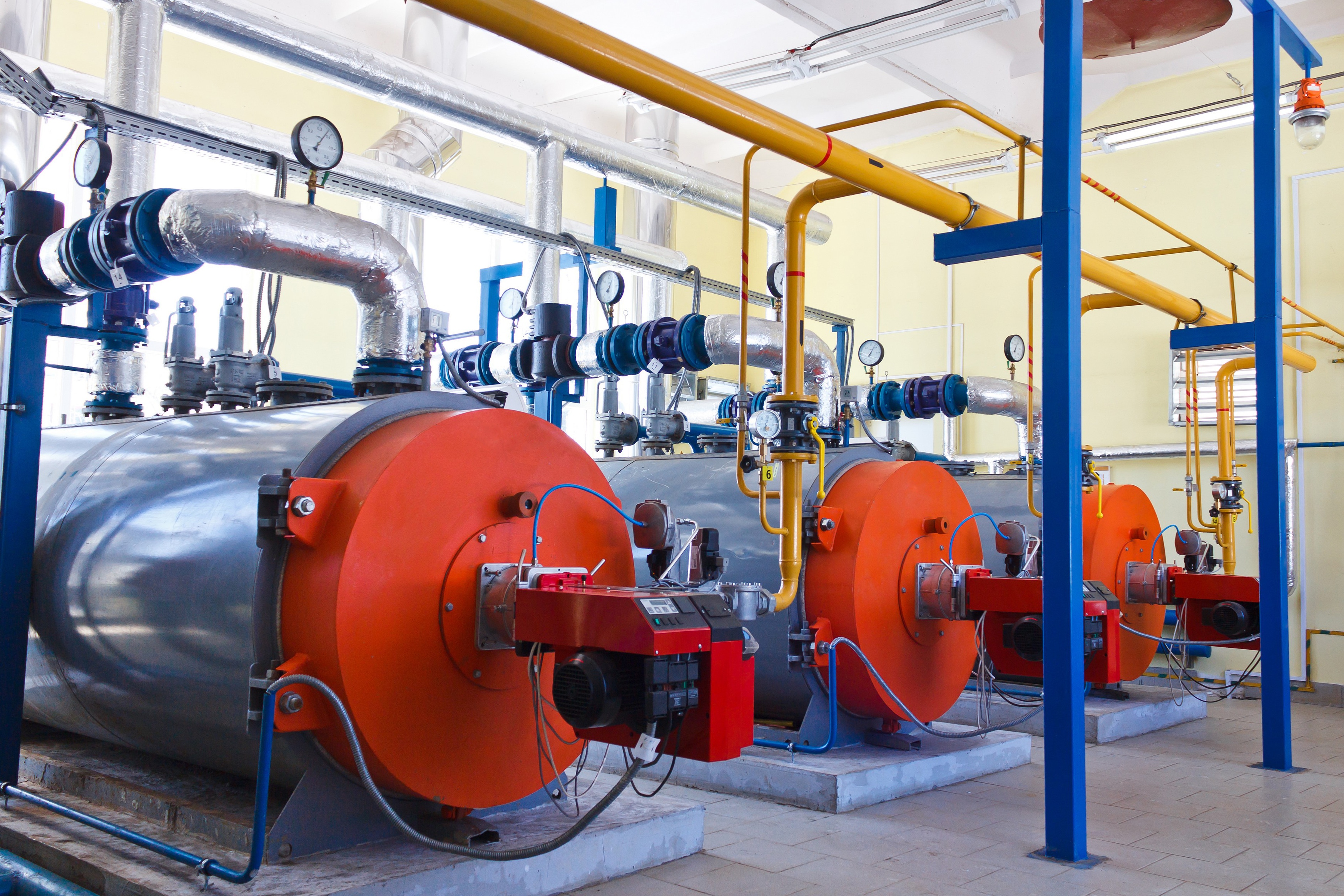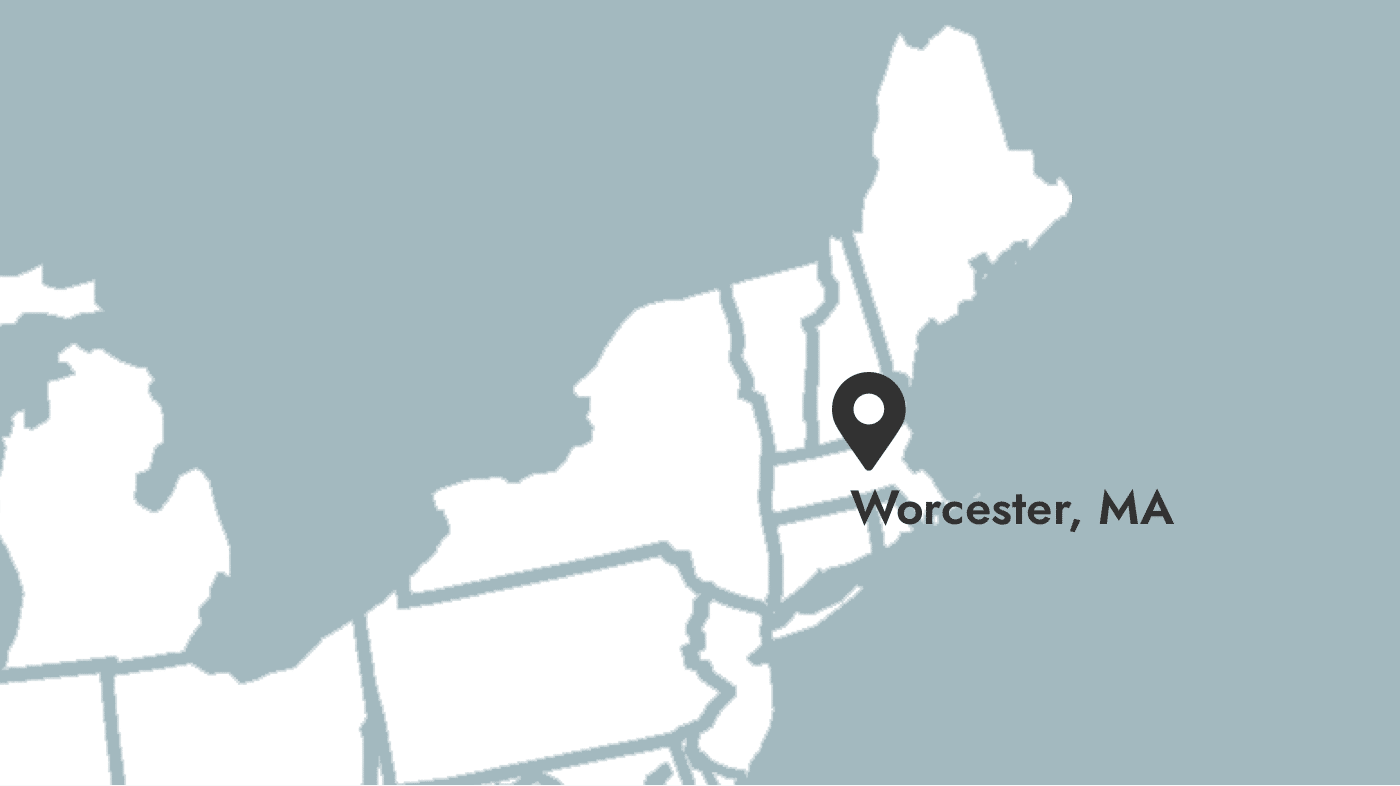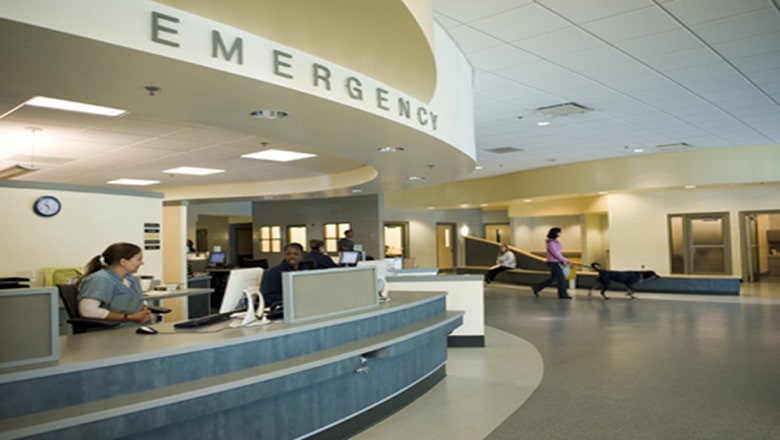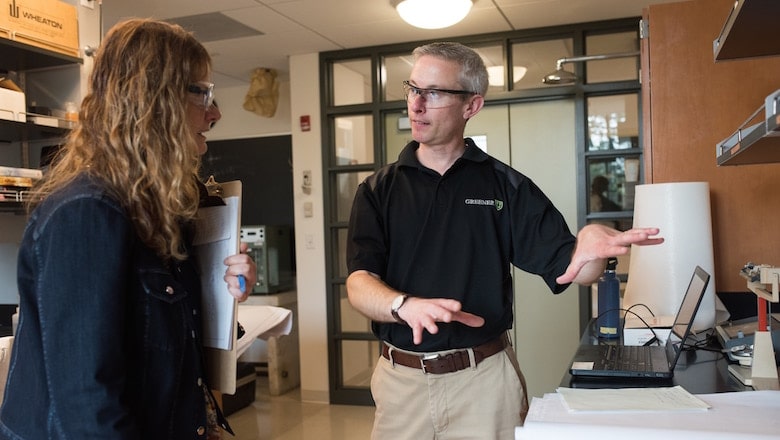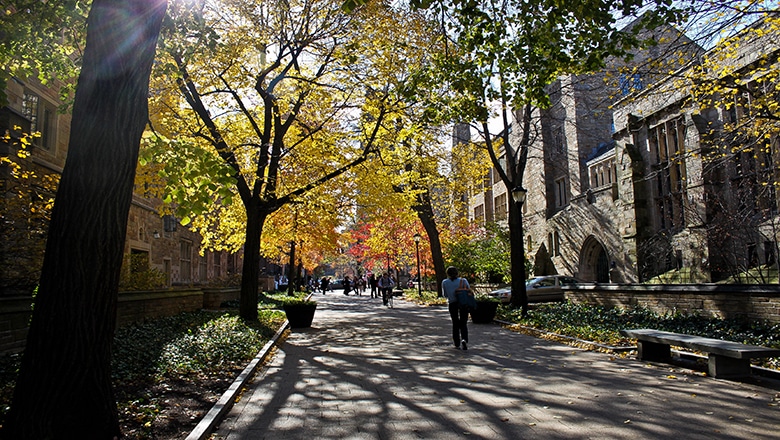WPI
- $1.1 million ANNUAL ENERGY SAVINGS
- 3,232 ANNUAL MTCO2E SAVINGS
- 53,670 ANNUAL MMBTU SAVINGS
- $1.1 million ANNUAL ENERGY SAVINGS
- 3,232 ANNUAL MTCO2E SAVINGS
- 53,670 ANNUAL MMBTU SAVINGS
Setting a high bar on facilities, academics, sustainability, and community
Worcester Polytechnic Institute (WPI) made a commitment to incorporating the values of sustainable design in all aspects of site and building design, construction, maintenance, and operation procedures across its campus. GreenerU was there to help.
Sustainability Goals
20% reduction in greenhouse gas emissions by FY25 against a FY14 baseline
GreenerU benchmarked energy use in several buildings across campus and identified 13 candidate buildings as having the greatest energy savings potential.
GreenerU worked with National Grid to create SynergE Worcester, an incentive program to help three Worcester colleges — Clark, Holy Cross, and WPI — which explored ways to achieve deeper energy reductions on the three campuses. Leveraging more than $2 million in incentives through SynergE Worcester, GreenerU identified and implemented energy-saving projects in 13 buildings across the WPI campus. This work included retrocommissioning existing equipment, installing fume hood hibernation controls, lighting upgrades, repairing non-functioning glycol heat recovery systems, improved insulation, and optimizing HVAC and lighting features through building automation systems.
With an investment of $5 million, WPI has been able to leverage $2 million in utility incentives and completed projects that are generating $848,000 in annual energy savings, representing a 15% reduction in energy intensity for the campus and providing an 18% internal rate of return.
One particular building, Goddard Hall, a teaching lab built in 1965, has achieved a 53% reduction in energy use.
After thinking we had completed our work in the building, GreenerU noticed that we were falling far short of estimated energy savings. On digging deeper, we found excessive air leakage in the main air handling system. We went back and undertook an innovative approach to sealing the ducts from within. Not only did we achieve impressive energy savings; the building is operating properly for the first time in memory. Students are now learning in a properly heated, cooled, and ventilated environment.
Campus Improvements
-
HVAC optimization
Like any equipment, heating/ventilation/air conditioning systems for a building need adjustments from time to time.
-
Lighting
Transitioning to LED lighting is one of the most effective ways of reducing energy costs on campus.
-
Change management
Change management is approaches to prepare, support, and help individuals, teams, and organizations in making organizational change.
-
Retrocommissioning
Retrocommissioning is re-tuning an existing equipment to bring it back into optimal working order.
-
Ongoing commissioning
Ongoing commissioning, also called continuous commissioning, is an integrated, data-driven approach to building performance optimization.
-
Energy audit
An energy audit discovers opportunities for lowering energy consumption, improving occupant comfort and addressing maintenance issues.
